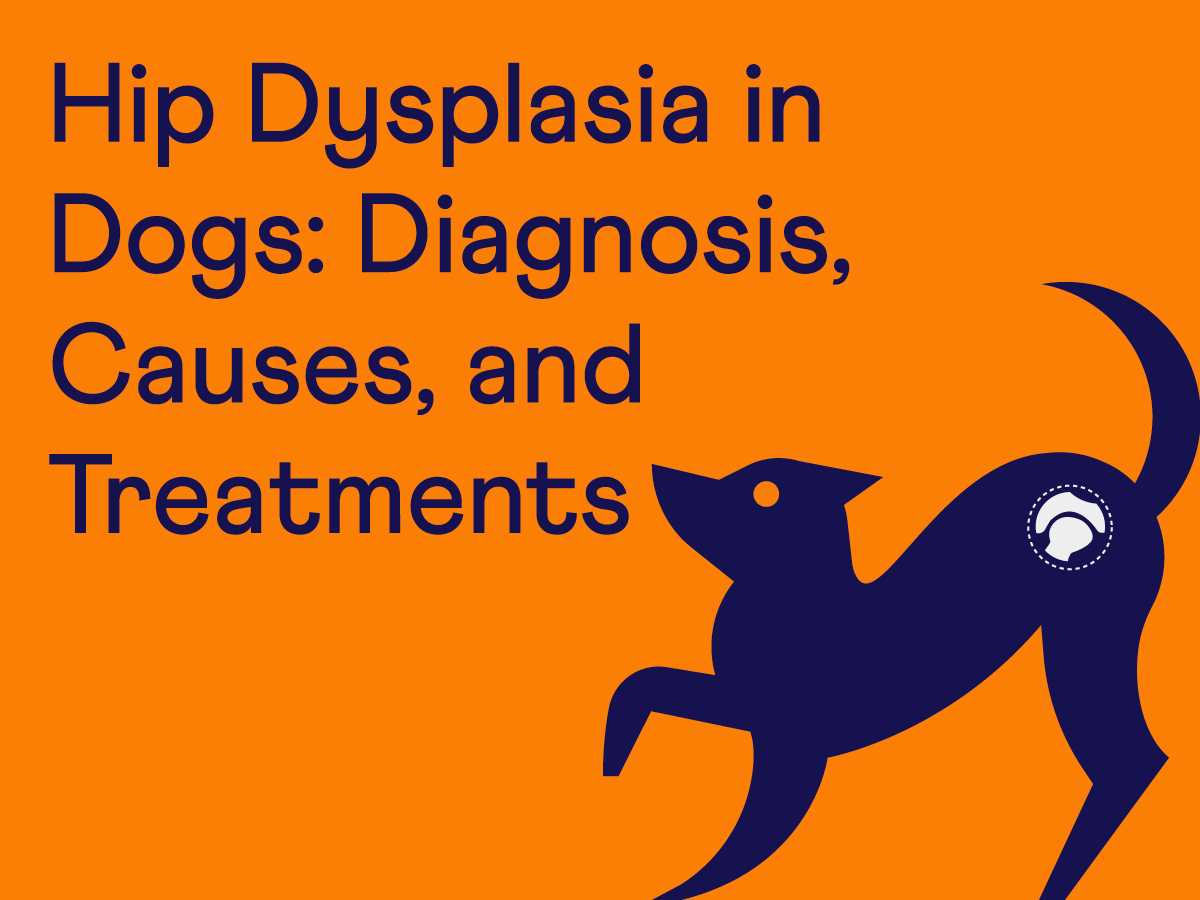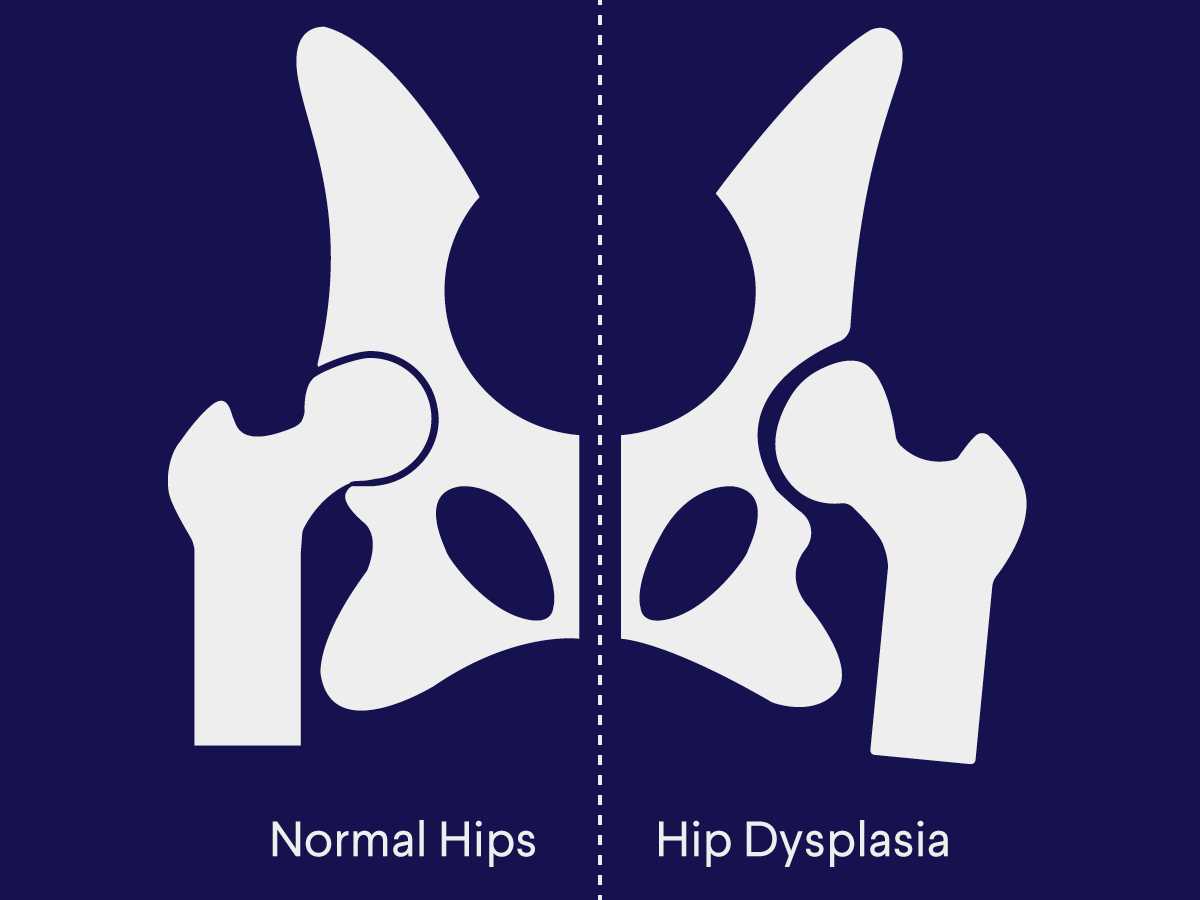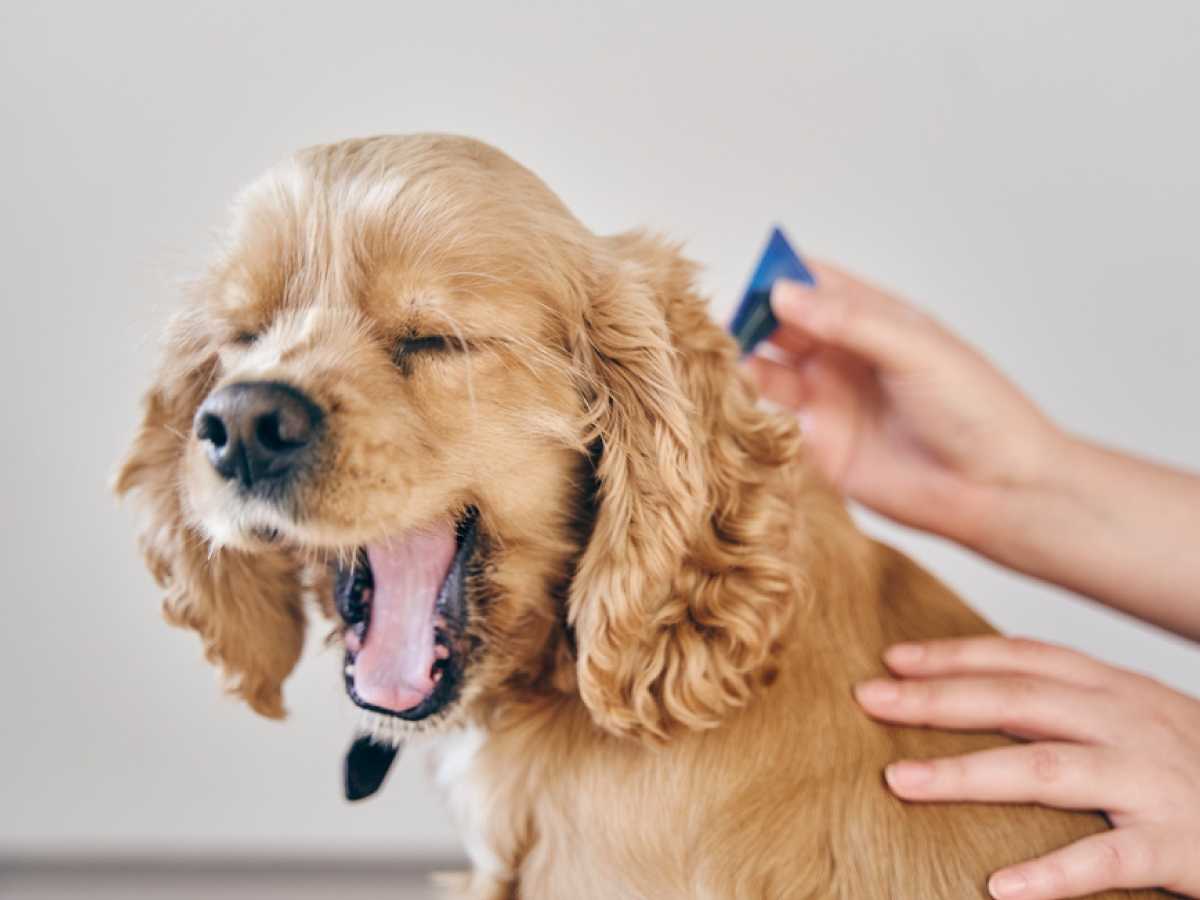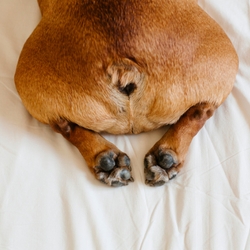
Hip Dysplasia in Dogs: Diagnosis, Causes, & Treatments
Find out what canine hip dysplasia is, symptoms, treatment options, and what you can do to prevent it.
Most large breed pet owners worry about hip dysplasia. On the bright side, there are ways that you can help reduce the risks of hip dysplasia and give your dog the best quality of life through preventative measures.
Let’s learn more about what hip dysplasia is, its causes, and what treatment (and prevention) options are available.
Canine Hip Dysplasia — What Is It?
Dog breeders and veterinarians warn pet owners about canine hip dysplasia (CHD), but do you really know what it is?
In medical terms, canine hip dysplasia is when instability or a loose fit of the hip joint occurs.
The best way to visualize a hip joint is to imagine a ball and a socket. The ball is the head of the femur, and the socket is attached to the pelvic bone called the acetabulum.
When the hip joint is working properly, the ball should be able to move smoothly in all directions within the socket, thanks to the thickness and elasticity of cartilage. When it is not working properly, meaning that joint laxity is setting in, there is a risk of losing cartilage, developing scar tissue, and forming bone spurs around the ball and socket, leading to hip dysplasia.
The good news is that this condition is preventable. Puppies are not born with hip dysplasia, but the condition charts its course during puppyhood.
What Causes Hip Dysplasia?
Large breeds (those that weigh 50 lbs or greater) that are commonly diagnosed with hip dysplasia include:
- Great Danes
- Labrador retrievers
- Golden retrievers
- Rottweilers
- German shepherds
- Newfoundlands
- Saint Bernards
While all breeds are susceptible to hip dysplasia, it primarily boils down to genetics. Additionally, diet, environment, exercise, growth rate, muscle mass, and hormones can contribute as well.
As a puppy, excessive growth can lead to abnormal skeletal growth. That is why a specialized diet may be recommended, especially for large breeds—the less stress on the joints, the better.
Diagnosing Canine Hip Dysplasia
At times, the signs and symptoms of hip dysplasia may be obvious. However, it can be hard to distinguish between normal and abnormal hips just by looking at your dog, even if your pet is trying to clue you in.
Let’s cover what you should look for in your dog’s behavior and movement, and how you can spot signs of hip dysplasia.
What Does Hip Dysplasia Look Like?
Since the damage is taking its course within the hip joint, how are pet owners supposed to know that something is wrong to be able to treat it? Fortunately, dogs utilize their body language and vocalization to let their owners know something is up.
Signs of hip dysplasia can appear at any stage of the condition. Typically they appear around one to two years of age, but they can show as early as three months or even never show at all. Many dogs have severe arthritis but still run, jump, and play as any other pup would.
Let’s take a glimpse at some of the common symptoms of canine hip dysplasia:
- Lethargy - Granted lethargy could be a symptom of many other conditions, it’s possible dogs displaying a lack of interest in moving around is related to pain in their hip joint.
- Loss of muscle in the thigh - Dogs will put pressure on a different leg to relieve pain, causing the muscle to deteriorate in the painful leg.
- Limping or lameness - This may show as the dog favoring one leg over the other.
- No interest in jumping - Rather than jumping, dogs may lift themselves up using their front end when accessing furniture or a bed.
- The bunny hop - Watch when dogs run or when they head up the stairs. They should be alternating their hind legs, not using both of them together.
- Sway walk, or loose walk - While in motion, the back end of the dog sways from side to side, indicating the joints are loose.
- Sitting on the side - Also known as the frog, lazy, or slouch sit. The dog's legs should be positioned close to the body when sitting; however, when dysplasia sets in, the legs appear to be sticking out to the side or even straight out in front of the body.
Don’t let your dog fool you. They may display signs of hip dysplasia for a period of time, then stop for a while. This doesn’t mean that the condition improved or went away. Instead, the dog’s body naturally produces fibrous tissues to stabilize the condition and temporarily fix the issue.
If your dog exhibits any symptoms related to hip dysplasia, contact your veterinarian. Earlier intervention is always best when it comes to your pup’s health.
Diagnosis
Your primary veterinarian plays an important role in diagnosing canine hip dysplasia. They may ask you questions about your dog's medical history during the appointment. This is followed by a physical exam, which is frequently coupled with diagnostic imaging tests, such as radiographs (x-rays). It’s important to note that the x-ray procedure may require the veterinarian to use anesthesia to help get your dog to sit still.
Radiograph images are sent to the Orthopedic Foundation for Animals (OFA) for grading, just like an exam at school. The grading system rates the severity of the image results on seven categories ranging from excellent to severe (where excellent means the hips are in good form and severe confirms that hip dysplasia is present).
Treatments For Canine Hip Dysplasia
Once hip dysplasia is diagnosed, it’s time to explore treatment options. The treatment depends on the severity of the diagnosis, ranging from a simple lifestyle change to costly surgery.
Treatment options, aside from surgery, may include:
- Weight loss
- Exercise restrictions like avoiding jumping and other high-impact activities to lessen the amount of strain on the joints
- Physical therapy to improve muscle strength
- Anti-inflammatory medication
- Joint fluid modifiers to lubricate joints and stop them from scraping, which can help them move smoother
Surgery is another story. It is costly and again comes with options depending on the severity of the condition and your dog’s age. It may be the best option when it comes to improving your dog’s mobility and way of life, especially if your pup is younger and has a good prognosis of full recovery.
Surgery options include:
- DPO/TPO (Double or triple pelvic osteotomy): A surgery with a high success rate. It is used with younger dogs whose mobility enhances within the first few months following the procedure.
- THR (Total hip replacement): Patients 12 months of age or older can undergo this procedure. The diseased joint structures are removed and replaced with synthetic ones.
- FHO (Femoral head ostectomy): This procedure is a last resort. It removes the top of the femur to reduce the rubbing from the hip joint.
How To Prevent Canine Hip Dysplasia
You’ll want to intervene and protect your dog’s hips and joints from deterioration as early as possible, especially if your best friend fits the list of large breeds commonly diagnosed with hip dysplasia.
- Keep your dog in tip-top shape. Bodyweight and nutrients both are critical during puppyhood, so stick to a routine feeding schedule as much as possible. This reduces the risk of excessive growth and unnecessary weight gain. The heavier the dog, the more strain and stress the joints endure.
- Keep your pup active with exercise, but know when restrictions are necessary. For example, puppies need to release their energy from birth to eight weeks old but should avoid slippery surfaces such as tile or wood floors and staircases.
- Early intervention reduces discomfort and suffering. Act sooner rather than later if you suspect your dog has hip dysplasia by watching for signs of lameness, and schedule routine exams with your veterinarian.
Summary
Canine hip dysplasia is a tough condition, and while genetics may make it impossible to prevent, you can do a lot to increase the chances of a good outcome by knowing the signs and symptoms that will help you catch it early. Even if your dog has hip dysplasia, they can live a long, happy, and healthy life with you if it’s treated properly.
Sources:
The 10 most important things to know about canine hip dysplasia | Institute of Canine Biology
Understanding Hip Dysplasia in Dogs | Morris Animal Foundation
Canine Hip Dysplasia - Orthopedic Foundation for Animals | OFA









Comments: